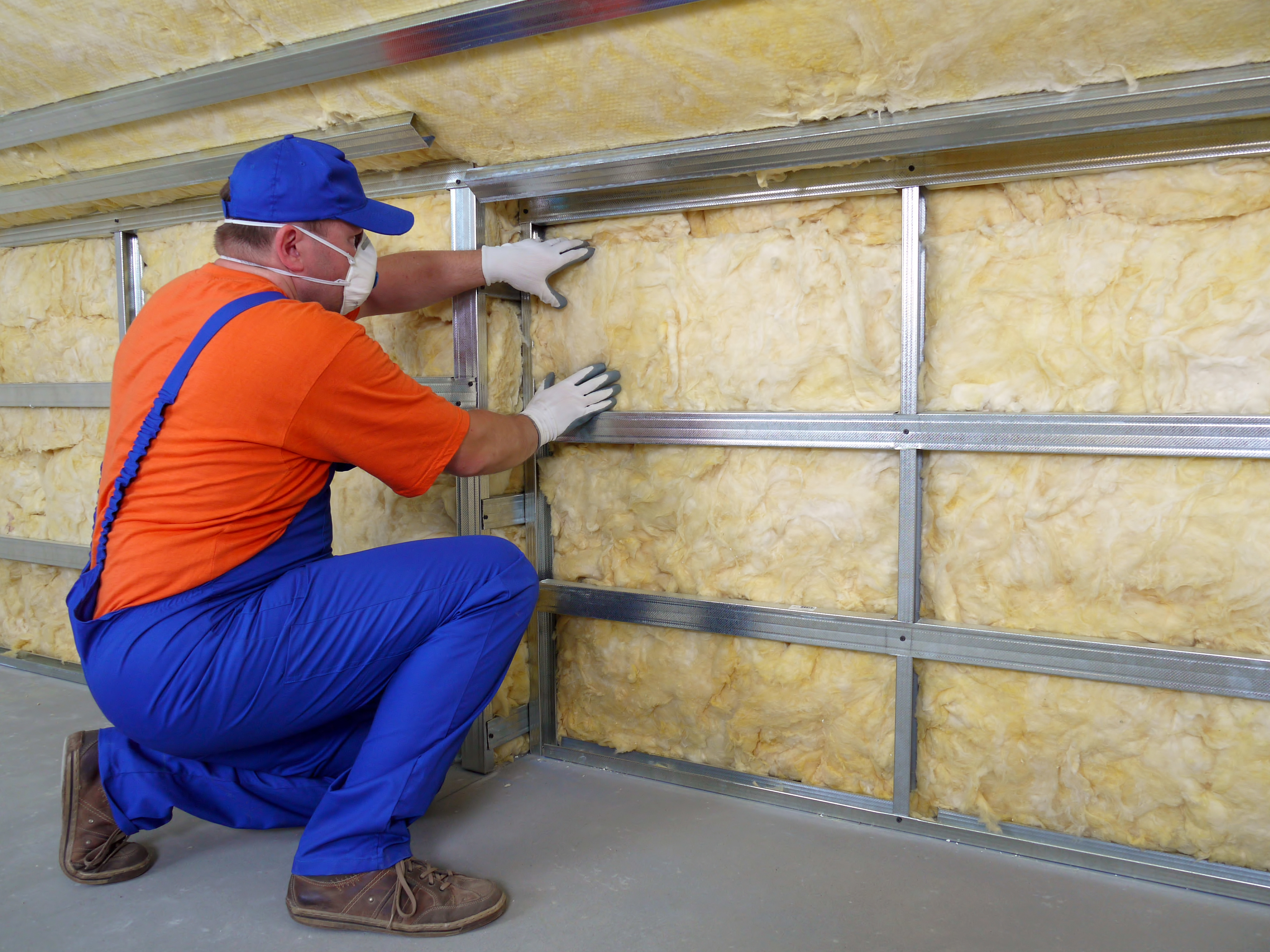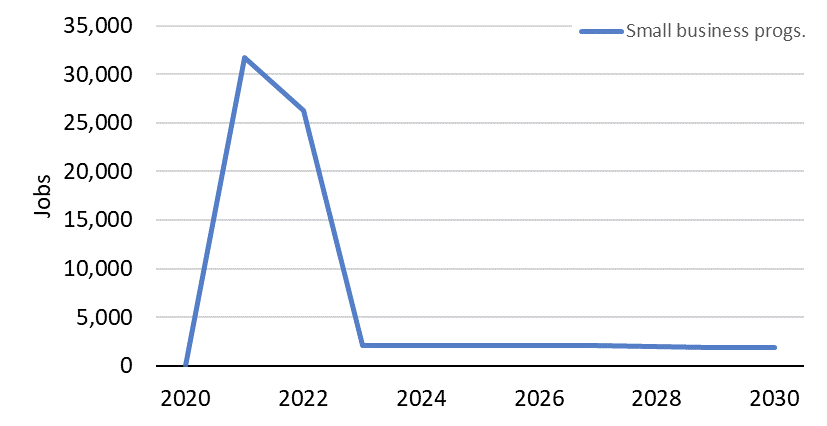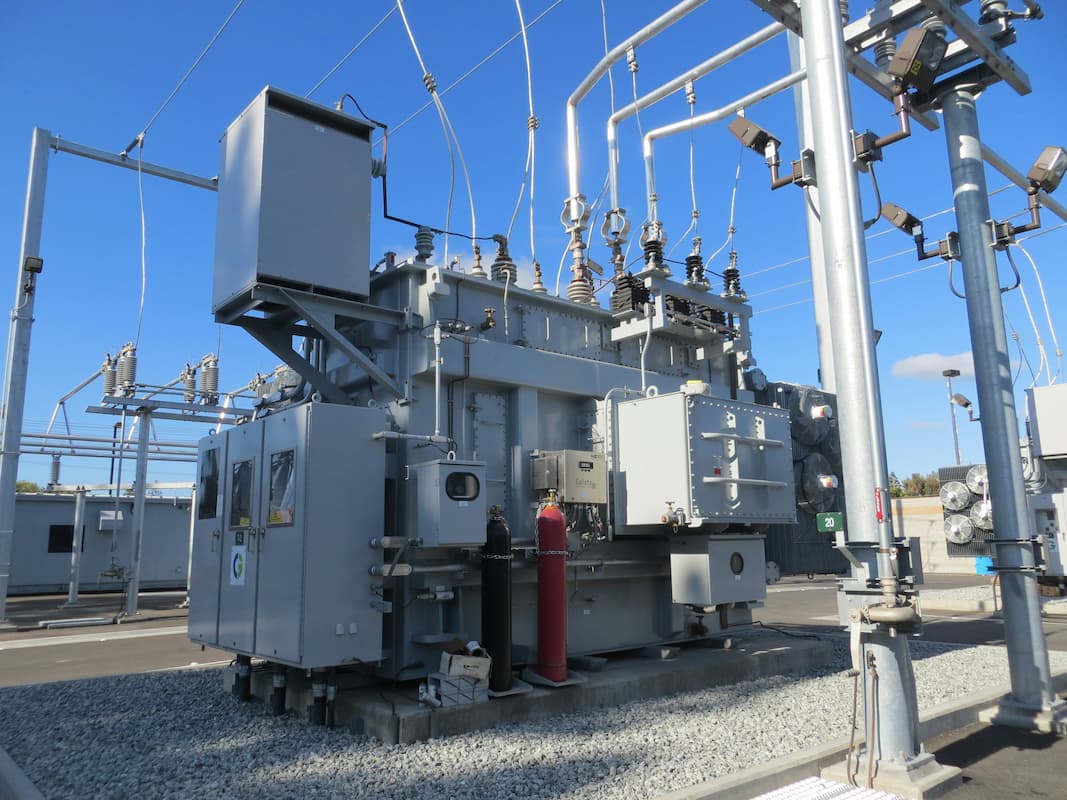Proof Our COVID Priorities Could Recover – and Expand – Energy Efficiency Jobs
Let's Save Energy
Alliance to Save Energy's Blog

Since the start of the COVID-19 crisis, the Alliance has called on Congress to pass a stimulus package with strong energy efficiency provisions to counter staggering job losses in the sector while also building back better. We have prioritized strengthening efficiency tax incentives, modernizing critical public facilities and transportation infrastructure, and creating grants to help small businesses improve efficiency – proposals that would quickly get this workforce back on its feet. Now, a new report from the American Council for an Energy-Efficient Economy (ACEEE) confirms just how impactful these policies could be, not just in creating jobs but also in lowering energy bills and sharply reducing greenhouse gas emissions.
The ACEEE report examined 17 proposed policy solutions from efficiency advocates – including the Alliance – covering buildings, transportation, and the industrial sector. Overall, it found that the proposals could create more than 1.3 million jobs, avoid 910 million tons of carbon dioxide emissions, and save $120 billion on energy bills for households and businesses.
The tax proposals developed by the Alliance and other stakeholders would alone create 235,000 jobs in the first three years, and nearly 600,000 over the lifetime of the program by incentivizing energy-efficient equipment and upgrades in existing homes, commercial buildings, and new home construction. Beyond this enormous economic boost, the proposals would avoid 340 million tons of carbon emissions – the equivalent of taking 74 million cars and light trucks off the road for a year. Specifically, every dollar spent on an extension and expansion of the commercial buildings improvement tax credit (179D) would result in nearly eight dollars of energy cost savings for businesses, while expanding the tax incentive for existing home retrofits (25C) would spur rapid job growth between now and 2023 to help recover jobs lost due to COVID-19.

Source: ACEEE, Growing a Greener Economy: Job and Climate Impacts from Energy Efficiency Investments, Sept. 2020.
Other high-impact policies covered by the report include expanding electric vehicle tax incentives and boosting funding and flexibility for states to modernize their transportation infrastructure. The report found that those investments – both priorities in the Alliance’s transportation stimulus proposal – would create almost 380,000 jobs while also cutting 190 million tons of carbon emissions from the sector most responsible for greenhouse gas emissions in the U.S.
The report also analyzed the Alliance’s new proposal for small businesses that would award federal matching grants through existing utility Demand Side Management (DSM) programs to provide zero-cost energy efficiency upgrades to small businesses. At a time when cost saving is crucial, this program would save small businesses $6.2 billion in energy expenses and create more than 60,000 jobs between 2020 and 2023.

Source: ACEEE, Growing a Greener Economy: Job and Climate Impacts from Energy Efficiency Investments, Sept. 2020.
The ACEEE report highlights an important fact: While infusing money into the construction sector will create jobs regardless of whether those jobs are in efficiency, the high payback for inefficient investments will result in meager job growth or even job losses in the long term. On the other hand, the energy savings from investments in energy-efficient projects can pave the way for additional long-term jobs and lasting economic growth.
Recent monthly unemployment figures from E2, E4TheFuture, and other partners have highlighted the plight of the energy efficiency sector during the COVID-19 pandemic. Nearly 360,000 energy efficiency workers are still out of work, and with job growth of just 0.1% in July, it’s clear that the road to recovery for this previously thriving sector will be difficult without Congressional support.
By embracing a suite of cost-effective energy efficiency policy proposals in the next COVID-19 relief package, Congress can achieve bipartisan goals of job creation, energy bill reductions, and supporting small businesses. With ACEEE’s report providing even more evidence of these proposals’ effectiveness, Congress should act now to put this sector and its 2 million-strong workforce on the job building back better.
RECENT BLOG POSTS
STAY EMPOWERED
Help the Alliance advocate for policies to use energy more efficiently – supporting job creation, reduced emissions, and lower costs. Contact your member of Congress.
Energy efficiency is smart, nonpartisan, and practical. So are we. Our strength comes from an unparalleled group of Alliance Associates working collaboratively under the Alliance umbrella to pave the way for energy efficiency gains.
The power of efficiency is in your hands. Supporting the Alliance means supporting a vision for using energy more productively to achieve economic growth, a cleaner environment, and greater energy security, affordability, and reliability.



